Beirut's Historical Landmarks: A Comprehensive Guide to Visiting the City
Beirut is Lebanon's capital and largest city. Beirut is one of the oldest cities in the world, having been founded more than 5,000 years ago. It is known as the "Paris of the East" for its beauty, culture and vitality. Beirut is a city that combines history and modernity, where you find traces of the Phoenician, Roman, Arab and Ottoman civilizations, and where you also find modern buildings, museums, shopping centers, restaurants, cafes and nightclubs. In this article, we'll learn about Beirut's most important historical landmarks worth visiting.
Show key points
- Beirut, the capital of Lebanon, is a vibrant city that blends ancient history with modern lifestyle, showcasing over 5,000 years of cultural evolution.
- Downtown Beirut, home to Nejmeh Square and the iconic Star Clock, serves as the city’s commercial and cultural hub with significant historical architecture.
- The Bird Rocks in Raouche are stunning natural sea formations that serve as a popular tourist destination known for their scenic beauty and recreational opportunities.
- ADVERTISEMENT
- The National Museum of Beirut houses an impressive collection of artifacts from Lebanon's diverse civilizations, making it a central institution for cultural preservation.
- The Roman Baths in central Beirut represent a preserved glimpse into Roman public life and serve as a public space for cultural events today.
- The Grand Omari Mosque, originally a Byzantine church, reflects the city's layered religious history and resilience through centuries of change and conflict.
- Beit Beirut, housed in a war-torn building, has been transformed into a museum and cultural center that preserves the memory of Beirut's civil war and aims to promote reflection and unity.
Downtown Beirut Area
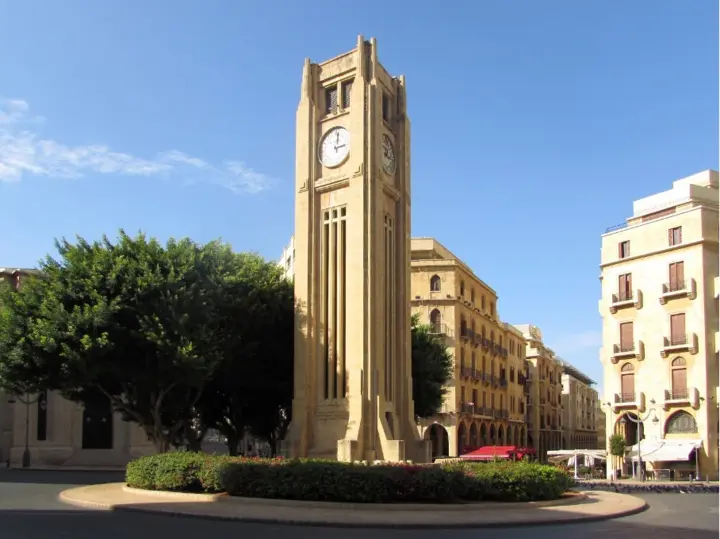
Downtown Beirut is the heart of the city, and its commercial, political and cultural center. This area includes many historical and archaeological monuments that represent the different eras and eras that Beirut went through. One of the most prominent of these landmarks is Nejmeh Square, which is considered a symbol of Lebanon's national and historical unity.
Recommend
Nejmeh Square is a rectangular square, surrounded by giant buildings that include parliament, government palaces, banks, hotels and shops. In the center of the square stands a water fountain adorned with statues of four bronze lions, symbolizing strength and courage. At the corner of the square rises the Star Clock, installed in 1934 and one of the oldest in the Middle East.
Nejmeh Square is a gathering place for Lebanese on national, festive and protest occasions. It is also an attraction for tourists and visitors who love to wander the streets of downtown Beirut and enjoy its lively and diverse atmosphere.
Bird rocks in Raouche area
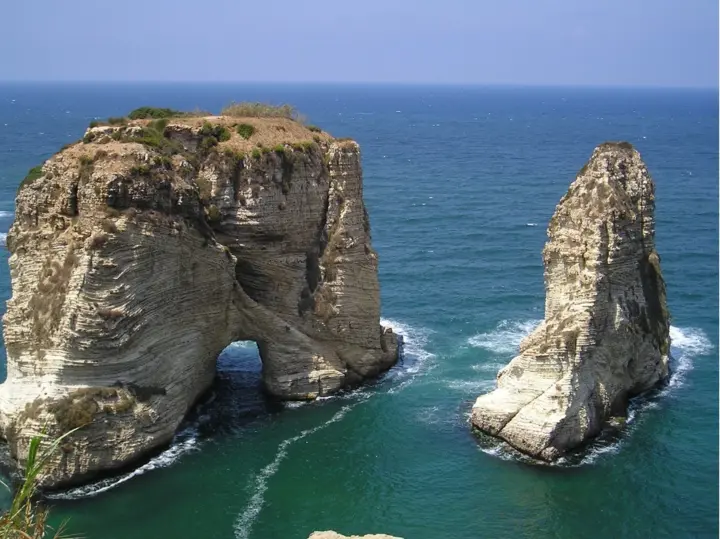
Bird rocks are one of the most beautiful natural landmarks in Beirut and the world. They are huge rock formations standing in the middle of the Mediterranean Sea, about 100 meters from the beach of Raouche. These rocks are also known as pigeon rock, Sabah Nassar rock or love rock. It is a landmark in the city of Beirut and appears in many photographs, paintings and films.
Bird rocks are considered a haven for seabirds that settle on them and build their nests. It is also an ideal place for water sports such as diving, canoeing and fishing. Bird rocks provide a breathtaking view for visitors, especially at sunset, where the rocks sparkle brightly and reflect the beauty of the sky and sea. Visitors can enjoy seeing bird rocks from the Raouche Corniche, from small boats departing from the beach, or from one of the restaurants or hotels overlooking them.
National Museum of Beirut
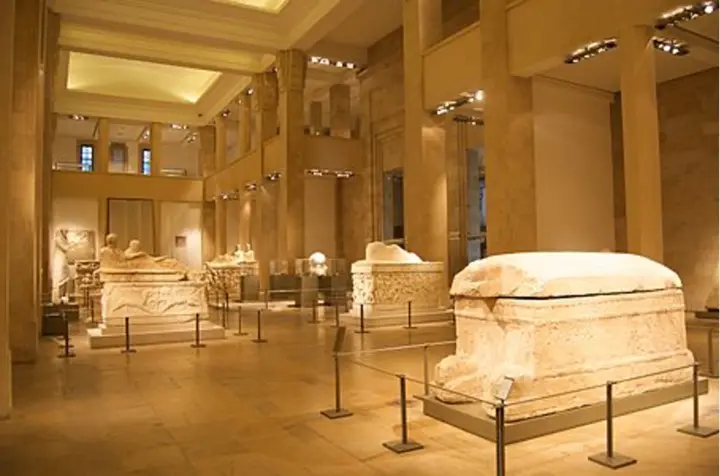
The National Museum of Beirut is the main museum of antiquities in Lebanon. The museum is located in downtown Beirut, near the Hippodrome. The museum houses a huge collection of artifacts representing the various periods and civilizations that lived in Lebanon, from prehistoric times to the Islamic era.
The museum displays about 1,300 artifacts, including statues, jewelry, utensils, engravings, mosaics, coins, tombs, and sculptures. Some of the museum's notable pieces are the sarcophagus of Ahramun, the statue of the Phoenician goddess Astarte, the Phoenician pottery collection, and the Roman and Byzantine mosaic collection.
The National Museum of Beirut was founded in 1937, after fundraising by the Museum's Friends Committee headed by Bechara El Khoury, one of Lebanon's former presidents. The building was designed in the style of Egyptian revivalist architecture, by the architects Antoine Nahas and Pierre LePrince Rengie.
The museum was officially opened in 1942, after collecting artifacts from various sites and excavations in Lebanon. During the Lebanese Civil War, the museum was destroyed and looted, and was closed for 16 years. The restoration process began in 1992 and reopened in 1995, with the assistance of the Lebanese government, international organizations and private parties. Today, the National Museum of Beirut is one of the most important cultural and educational centers in Lebanon, welcoming thousands of visitors annually.
Romanian in Beirut
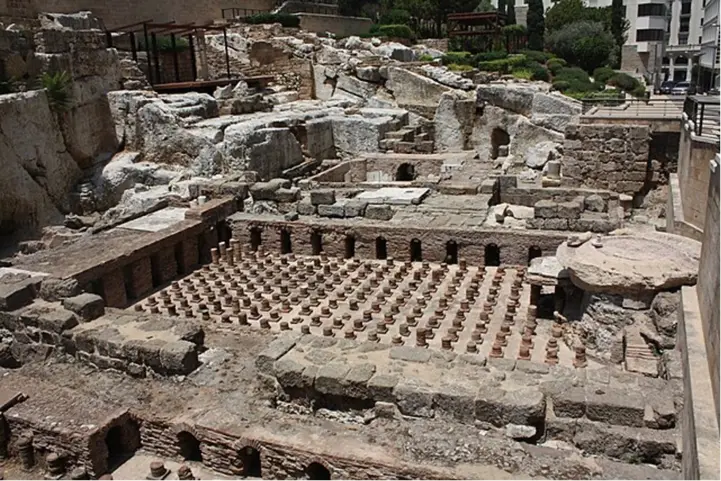
The Roman baths in Beirut are the remains of a public bath used in Roman times in the city of Beretus, the Roman name for Beirut. Hammamet is located in the center of Beirut, between Banks Street and Capuchin Street. The baths were discovered in 1968, during excavations for government buildings. The baths were restored in the mid-nineties, and converted into a public space for artistic and musical performances.
Roman baths were a place of cleaning, relaxation and socialization for Roman citizens. It consisted of several rooms with different temperatures, from cold to hot. Water and air were heated using the underground heating system (Hipkoatom), which relied on burning wood in special kilns. The floors and walls were decorated with marble, mosaics, and statues. The bathrooms also had swimming pools, reading, massages, and entertainment.
The Roman baths of Beirut are a testament to the Roman civilization, art and architecture of Lebanon. It also reflects the daily life and social customs of Roman society in ancient times. The Roman baths in Beirut represent one of the important monuments in the city, attracting many visitors, artists and those interested in history.
Grand Omari Mosque
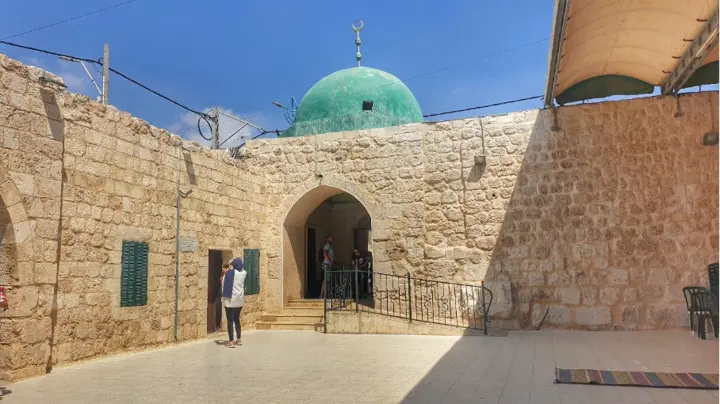
The Great Omari Mosque is the oldest and largest mosque in Beirut, located in the Daraj neighborhood of the Old City. The mosque dates back to the fifth century AD, when its site was a pagan temple, and then the Byzantines turned it into a church dedicated to St. John the Baptist. After the Islamic conquest in the seventh century, Muslims turned it into a mosque, naming it after the caliph Omar ibn al-Khattab, who visited Beirut and prayed there.
The mosque witnessed many historical and cultural eras, and was destroyed and restored several times by the Crusaders, Ayyubids, Mamluks, Ottomans, and British. The mosque was also severely damaged during the Lebanese civil war, especially in 2023, when Israeli planes bombed it and destroyed its minaret and parts of it.
The mosque is characterized by its Islamic architecture, and contains 38 marble columns, circular arches, high domes, a scientific library, and one towering minaret. The mosque is still active today, and Muslims attend it for the five daily prayers and Friday prayers.
Beit Beirut
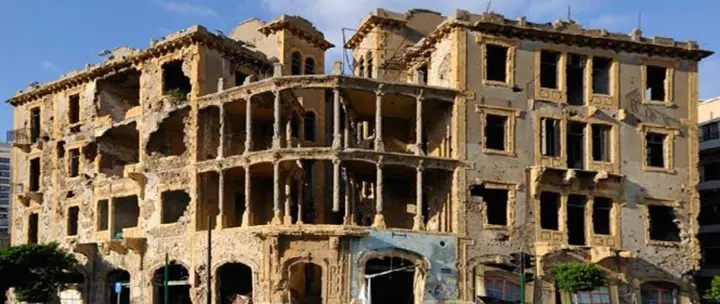
Beit Beirut is a museum and urban cultural center, located in the Barakat Building, also known as the Yellow House, and is a historical landmark designed by architect Youssef Aftimos. Built in 1924, the building housed eight spacious apartments for middle-class families.
During the civil war, the building was occupied by armed Christian militias, who used it as a sniper and observation post, as it overlooks the line of contact between the warring factions. As a result, the building was bombed, destroyed and vandalized, and remained abandoned and threatened with demolition for years.
In 2003, the Municipality of Beirut issued a decision to expropriate the building for public benefit, and decided to restore it and turn it into a museum of memory and a cultural center, called Beit Beirut. The restoration work was completed in 2016, with the help of the French government.
Beit Beirut is an artistic and cultural project and one of Beirut's most important historical landmarks that aims to shed light on Beirut's history and the experience of the civil war, and to revive the collective and individual memory of the city. The museum includes exhibitions, archives, library, workshops, seminars and cultural events. The museum also preserves the walls of the original building and the effects of war on it, as a witness to the past and a message to the future.
Mohammed Al Amin Mosque
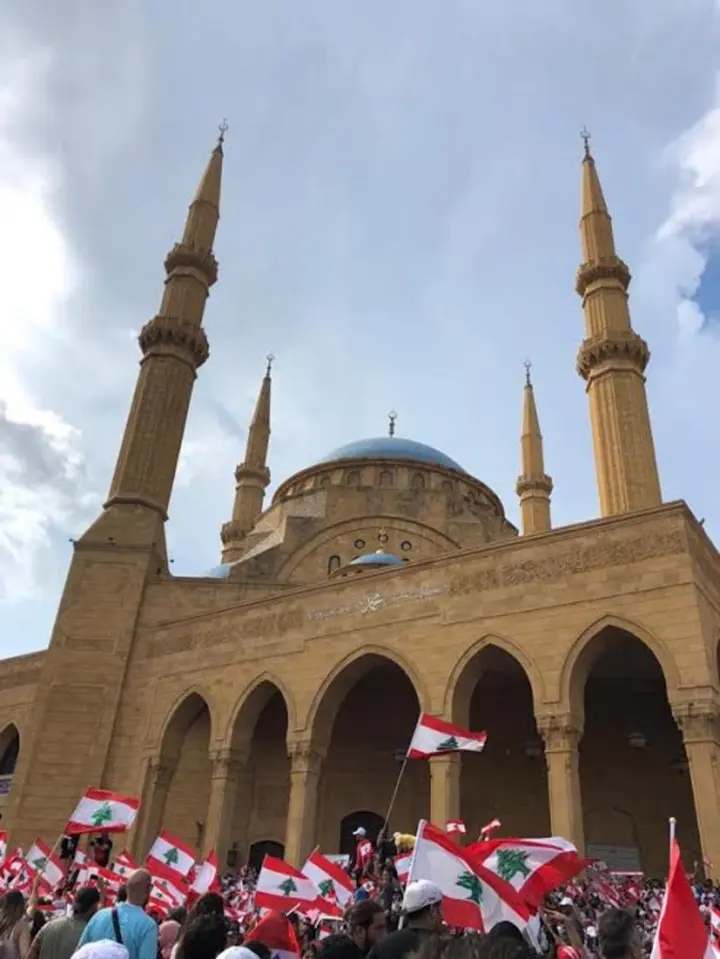
The Mohammed al-Amin Mosque is a Sunni mosque located in downtown Beirut, near Martyrs' Square and the Government Serail. The mosque was built in 2005, funded by the late Lebanese Prime Minister Rafik Hariri, who was buried in a mausoleum next to the mosque.
The mosque is inspired by the Ottoman style, and resembles the Sultanahmet Mosque in Istanbul. The mosque consists of a large blue dome, four high minarets, a spacious prayer hall, and an inner courtyard decorated with fountains and flowers. The mosque can accommodate about 2,500 worshipers, and is considered one of the most beautiful and modern mosques in Beirut.
The mosque expresses the religious and cultural diversity of Beirut, as it is located near the Greek Orthodox Cathedral of St. George, the Church of St. George for the Maronites, and the Museum of Martyrs. The mosque also symbolizes national unity and peace, especially after the assassination of Hariri in 2005, which sparked a wave of protests and political changes in Lebanon.
The mosque is a tourist attraction and is one of the most important landmarks of Beirut, and attracts visitors of different religions and nationalities, who come to enjoy its beauty and spirituality. Visitors can enter the mosque outside of prayer times, take pictures, and learn about its history and architecture.
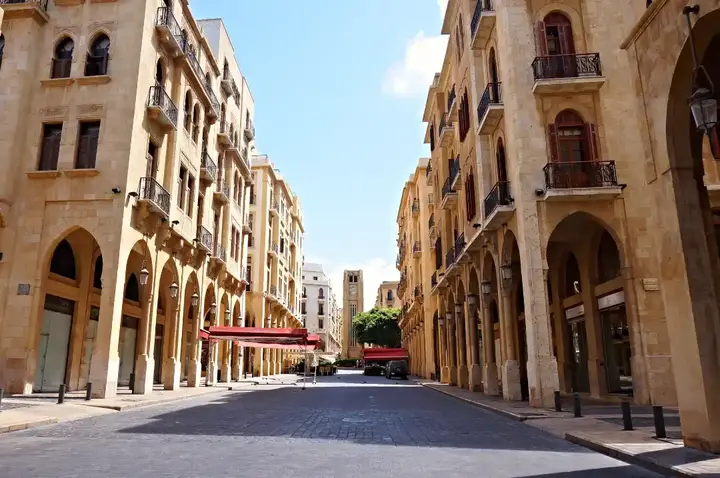
In conclusion, we hope that we have fulfilled the right of this ancient and beautiful city, which carries with it a rich history and diverse culture. Beirut is a city worth visiting and enjoying its historical, natural and artistic attractions. In this article, we reviewed some of the most important of these landmarks, which are part of Beirut's identity and spirit.
We invite you to discover more aspects of this charming city, and to learn about its heritage and beauty for yourself. We ask you: Which teacher did you like most about Beirut? And what places would you like to visit in the future?








